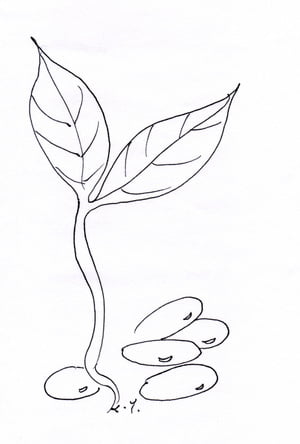Raspberries health benefits are many but they are not known as a cure-all berry. They do have a number of attributes that can help prevent many diseases.
The vitamin C that is contained in raspberries is believed to help improve the immune system in the ability to ward off any attacks of micro-organisms. Raspberries, blueberries, cranberries, and strawberries have vast amounts of vitamin C. These particular berries contain a feature that helps in the prevention of bladder infections. It prevents bacteria from affixing itself to the cells of the urinary tracts inner walls. Raspberries also have a substance that is important for healthy vision called lutein.
The antioxidants in raspberries helps to lower the risk of certain forms of cancer and heast diseases. Strawberry health benefits and blueberry health benefits also contain antioxidants that help rid the body of free radicals. The red and blue color pigments in raspberries have the talent that prevents many diseases. Other than containing vitamin C, raspberries also include iron, folate, potassium, huge amounts of insoluble fiber (the seeds), but they also contain pectin which helps to control cholesterol.
Raspberries that are planted in rows will grow the best because the canes can be trained to grow against wires. The first thing you want to do is find the spot for your raspberry plants and clear away all the weeds. In the latter days of summer or in the early parts of fall the soil needs to be prepared. You want to dig a trench roughly 2 1/2 feet wide and have a depth of a spade. With a pitch fork add peat moss or compost into the bottom of the trench. It is best to use about 4 gallons for each square yard. You also want to add 2 tablespoons of fertilizer per square yard and then replace the soil.
The best times for planting are late fall or sometime between fall and spring. In your weed free prepared area you now want to dig a 3 inch deep trench that is anywhere from 6 to 9 inches wide. Place your raspberry plants into the trench standing upright about eighteen inches apart; make sure you spread out the roots before covering with soil. Tamp the soil down gently as to not damage the roots. In order to walk between your rows of raspberries it is better to plant the rows no shorter than 6 feet apart.
Once you have planted your raspberry bushes it is now time to cut back all the canes all the way back to the last good bud that is anywhere between nine and twelve inches above ground. Every fall is the time to fertilize your raspberry plants. About a month before any new growth appears add the fertilizer. This fertilizer is best if it washes naturally into the soil. Garden compost or peat moss should be added in early spring to hold in the moisture. Watering needs to be done often when the outdoor temperature becomes warm and dry.
In order to control the weeds it is best to pull by hand as soon as you see any. If you use a hoe between the raspberry canes as they are growing you could possibly damage the shallow roots that are near the top of the surface. By placing netting over the tops of your raspberry bushes will protect the fruit from the birds. During the first year of planting, in early summer, you should cut off all blossoms and/or fruits; the growth of the future canes will be greatly reduced if you do not do this. During the second year your raspberry canes can produce as much fruit as you let them.





